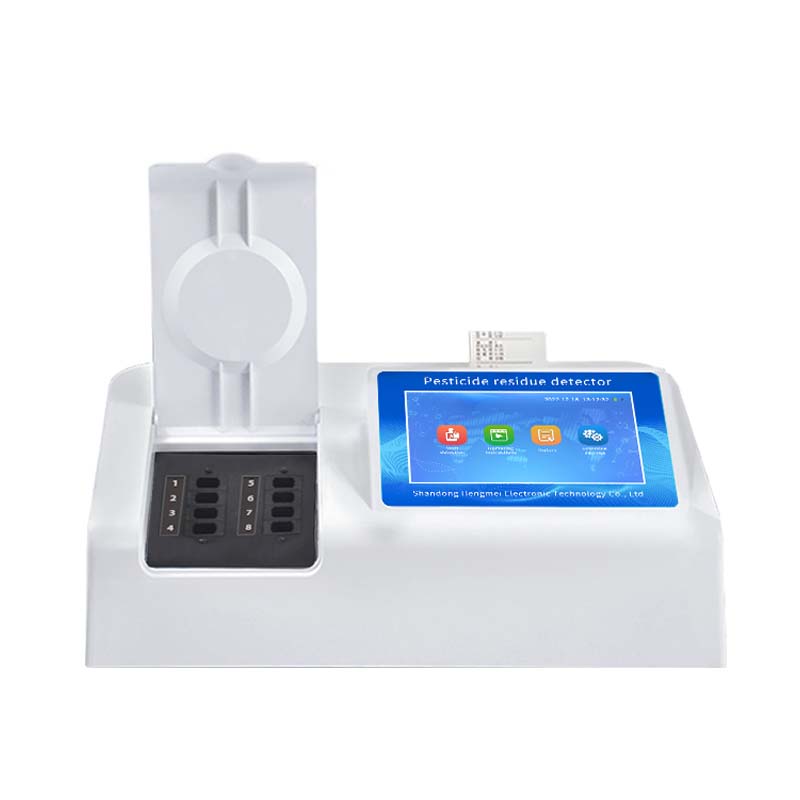The pesticide residue detector is a rapid detection device based on the principle of enzyme inhibition rate colorimetry. This instrument can quickly screen for organophosphorus and carbamate pesticide residues in agricultural products such as fruits and vegetables, with a detection sensitivity of 0.01-5.0mg/kg, providing a reliable guarantee for food safety.

Click on the "Pesticide Residue" module to enter the pesticide residue operation interface. Click on the blank space of the sample name in the corresponding channel to enter the sample selection interface.
2. You can select the name of the sample to be tested according to different categories. If the name of the sample to be tested is not in the sample category, you can click the "Add" module at the bottom of the screen to add the name of the sample to be tested.
3. According to the sequence of the samples to be inspected, select the sample names corresponding to the channels. If you need to close a channel, double-click the channel number corresponding to it. The sample name will disappear, indicating that the channel is closed.
4. Click on the reaction time at the top of the screen to set it. The instrument defaults to 180 seconds.
After setting the instrument parameters, click the "Detect" button. The instrument will enter the detection stage. A progress bar will be displayed at the bottom of the screen. During the detection process, ensure that the instrument's light shield is tightly closed. Once the progress bar is completed, the instrument screen will display the detection results, and the light shield can be opened to take out the detection solution.
6. If you need to print the result, click the "Print" button.
7. If you need to upload the results, click the "Upload" button.
The pesticide residue detector drives the upgrade of food safety through technological innovation. By means of intelligent and integrated design, it simplifies the complex detection process and builds the first line of defense for the quality and safety of agricultural products.
Address of this article:http://www.hmfoodtesting.com/article/48.html


 Current
location:
Current
location:





